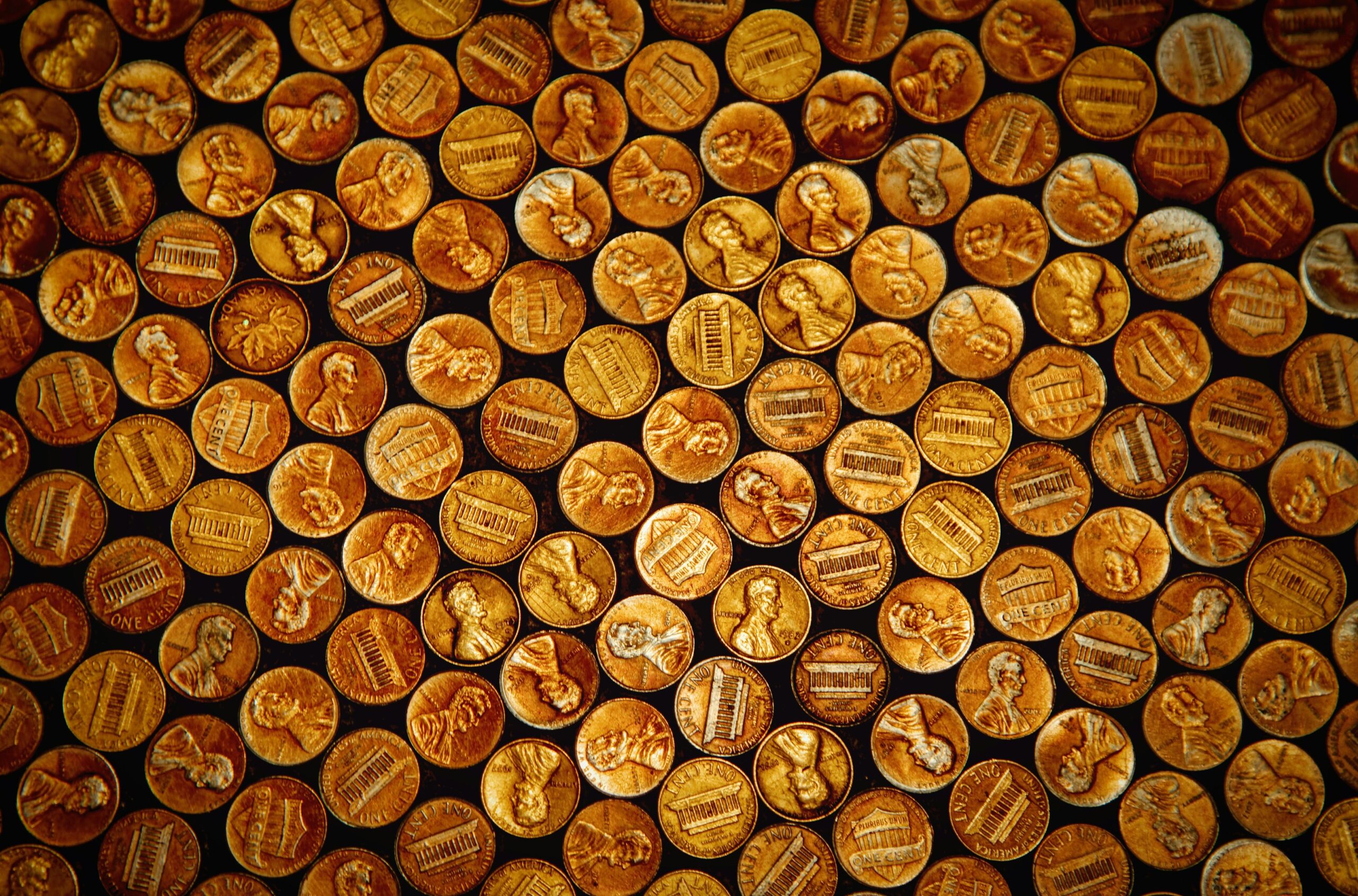My augmented reality (AR) journey with a pear began easily enough. Scan to Experience the Vortex of Augmented Reality, reads the QR code on the homepage of usapears.org.
I’ve always wanted to enter a vortex, I thought. So I did, raising my phone to the screen in my office.
“Find a flat surface,” my phone instructed, and I cleared some space on my desk. A ghostly pear appeared, floating about half an inch above my desk on the left, precisely where I’d stash a piece of fruit for a midday snack. It even had a shadow.
I had entered the vortex. The augmented reality pear vortex.
AR is going to be a big business. From healthcare and safer driving applications to gaming and retail, no one doubts AR is part of the digital connected future. eMarketer recently reported that in 2021, 93.3 million people used AR at least once per month. That’s almost 1/3 of the U.S. population, and AR adoption is burgeoning across all age groups.
More than just a way to turn your face into a monkey for Snapchat fun, AR provides manufacturers with a resource more valuable than platinum – data. And data helps companies predict what, when, where, how, and most importantly why buyers buy what they buy.
“In augmented reality, we will soon be able to place all types of information in world space – in restaurants, grocery stores, and local coffee shops,” said Damir First, co-founder and COO of AR startup Matterless, to The Food Institute.
“It’s not augmented reality as a technology per se that attracts any consumer; it’s the experiences and solutions to their problems built on top of the technology that draws them into it. For example, it can allow consumers to make more informed decisions on the food they order.”
Grocers, restaurants, and retailers will be able to render food in once unimaginable ways, showing size, scale, price per pound, videos and facts about where it’s from or how the food was sourced. “Imagine viewing a virtual representation of the food in front of you, in lifelike scale and resolution,” said Nils Pihl, CEO and founder of Auki Labs, an AR startup focused on social tech. “The joy of exploring menus will multiply.”
AR visualization and education technology is headed to a grocer near you. In June, Walmart acquired Memomi, an AR tech company, to help bolster the retail experience at its stores, “[furthering] Walmart Health & Wellness’ strategy to improve engagement, health equity, and outcomes,” said David Reitnauer, vice president, Specialty Services, Walmart Health and Wellness in a statement earlier this year.
I was certainly engaged. After a brief moment, the words “What can we make with a pear?” appeared on my mobile, popping out in turquoise and orange lettering. The pear returned, was split into six equal pieces, and then collapsed onto a virtual pear pizza. The process repeated with a red anjou (salad) and a bartlett (quesadilla). Most useful, however, was the ripeness check.
The words If it’s soft near the stalk, it’s sure to rock! appeared with an arrow pointing toward the tapering top of the pear. Pretty good marketing, and the whole augmented reality pear vortex couldn’t have taken more than 30 seconds.
“It’s exciting to present our consumers with an unexpected experience,” said Jim Morris, marketing communications manager at Pear Bureau Northwest, in a statement.












